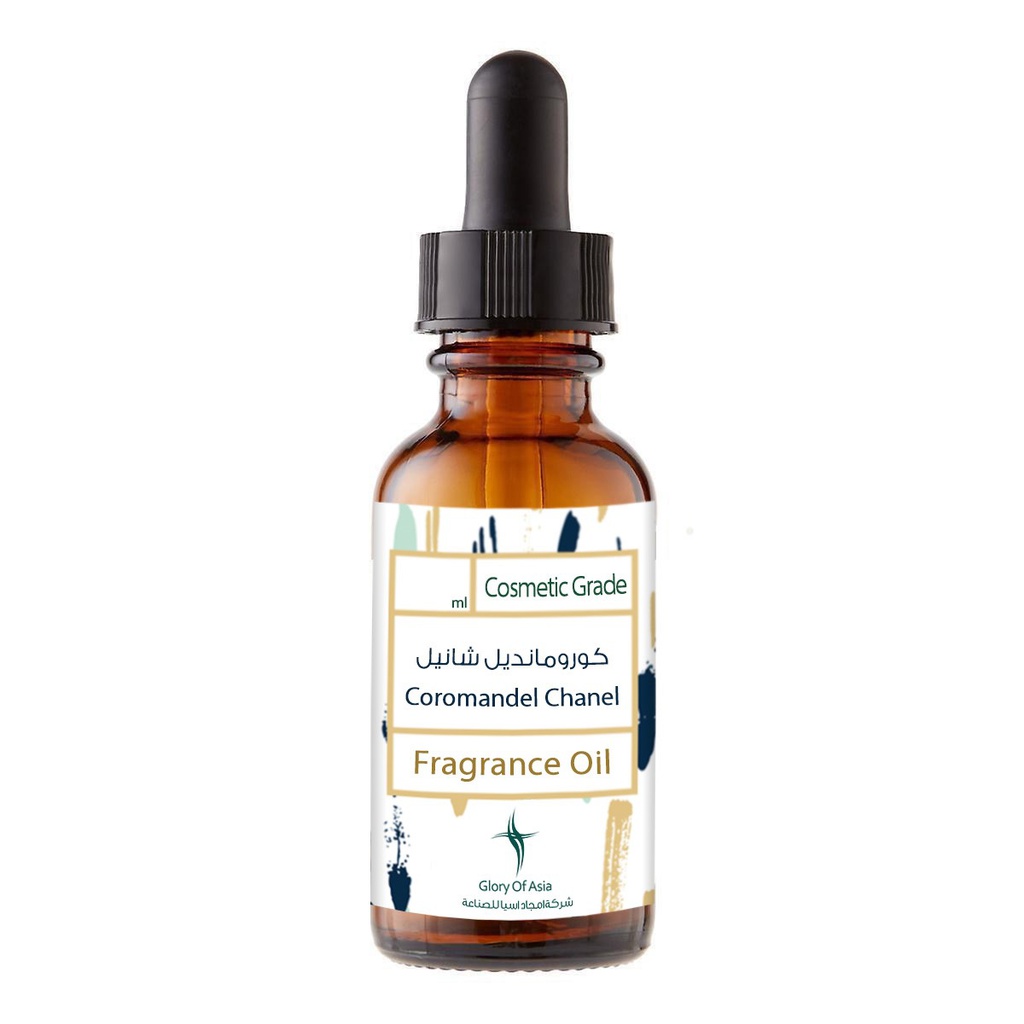Description:
French Fragrance Oils are a versatile and high-quality aromatic oil that can be used in both skincare products and candles. It is carefully crafted using a blend of natural and synthetic ingredients to provide a captivating scent that enhances your skincare routine and creates a warm and inviting ambiance when used in candles. This fragrance oil is an essential addition to your collection.
Benefits:
- Provides a captivating and pleasant aroma
- Adds a cozy and inviting atmosphere when used in candles
- Creates a relaxing and soothing environment
- Adds a touch of luxury to skincare products and candles
Usage:
The Fragrance Oil can be used in a wide range of skincare products, including lotions, creams, serums, body oils, balms, and more.
Recommended Usage in Skincare Products:
- The recommended usage of the Fragrance Oil in skincare products is typically between 0.5% and 5%
- The recommended usage of the Fragrance Oil in candles products is typically between 1% to 15%
Solubility:
The Fragrance Oil is soluble in various oil-based and oil-in-water emulsions commonly used in skincare formulations. It blends well with carrier oils, waxes, butters, and other cosmetic ingredients, allowing for easy incorporation into skincare products.
Applications:
Skincare Products:
- Lotions
- Creams
- Serums
- Body oils
- Balms
Candles:
- Soy candles
- Beeswax candles
- Paraffin candles
- Gel candles
Storage:
To preserve the quality and longevity of the Fragrance Oil, it should be
stored in a cool, dry place away from direct sunlight and heat sources. Keep
the bottle tightly closed when not in use to prevent exposure to air and
moisture. When stored properly, the fragrance oil can maintain its potency and
effectiveness for an extended period.
Note:
In general, Fragrance oils are classified into three categories in cold process soap making: challenging, moderate, and easy to work with. The challenging category requires careful and quick handling, the moderate allows you to take your time until saponification occurs, and the easy category permits a more relaxed approach to the soap making process. There are also other factors that contribute to the solidification or acceleration of the saponification process. These include variations in temperature when mixing ingredients, the use of an electric mixer, which significantly raises the mixture's temperature, especially when it contains other substances that accelerate solidification or freezing, such as sugar, waxes, jojoba oil, beeswax, stearic acid, alcohol, neem oil, shea butter, castor oil, clove essential oil, cinnamon essential oil, and more.
To avoid the loss of oils, it is recommended to perform a small test before starting a larger quantity as a preventive measure. This practice is commonly followed in manufacturing when altering any component to produce a final product.
For soap making using cold/hot processes, it is essential to test a small batch of soap before proceeding with a larger batch to avoid any potential issues such as clotting or undesirable results.
To read more and learn how to conduct the test, click on the following link:
Source: https://www.thegloryofasia.com/blog/troubleshooting-4/does-fragrance-oil-made-my-soap-seize-16



